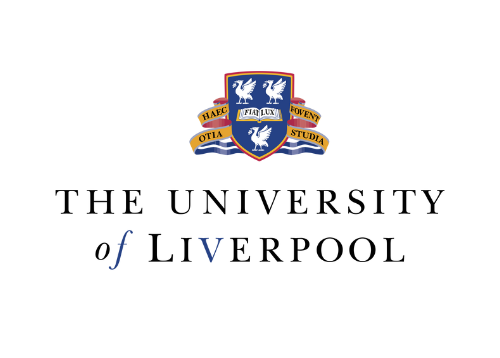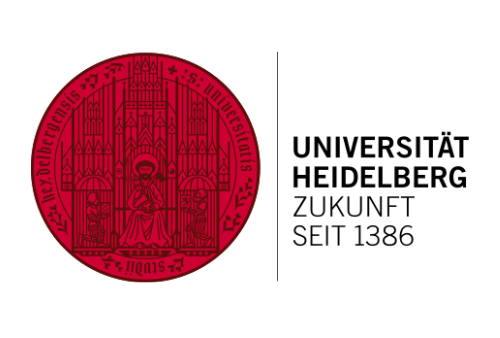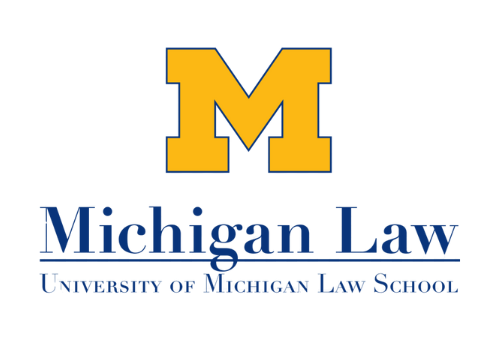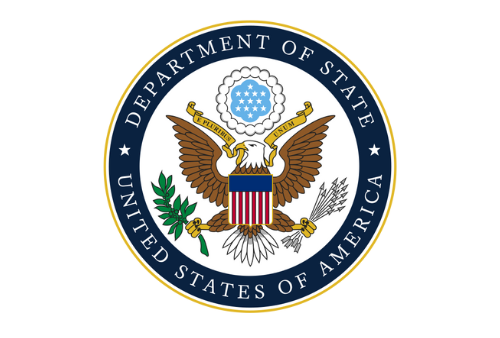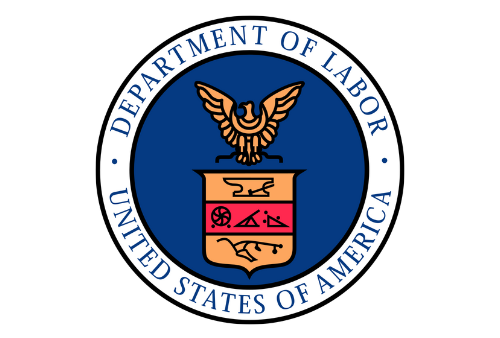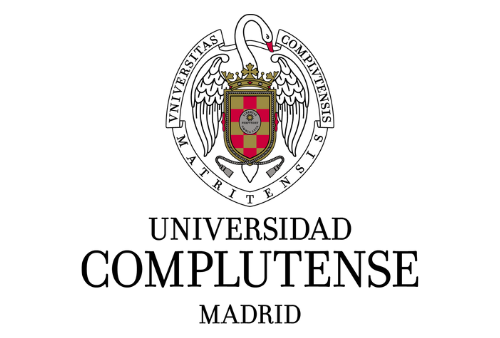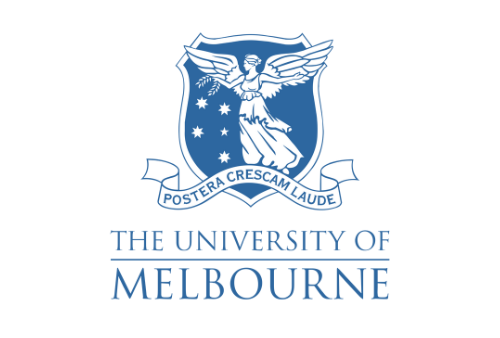SAFEGUARDING FEMALE WORKFORCE: CONCERNS LAWS PROTECTION & MEASURES
Kashish Agarwal, STUDENT, BBA LLB/ 3RD YEAR/ 6 SEM.
Mohit Shah, STUDENT, BCOM/LLB/ 3YEAR/ 6 SEMESTER.
ABSTRACT
Maintaining fundamental human rights and guaranteeing gender equality requires protecting women who work in the workforce. An overview of the issues, regulations, and safeguards relating to women working from the standpoint of labour law is given in this abstract. The main issues that female employees deal with are workplace harassment, unequal compensation, gender-based discrimination, and occupational dangers. Labour laws, which forbid discrimination, guarantee equal compensation for equal work, and set up procedures for handling grievances, are essential in addressing these issues. The legal foundation for defending the rights of female workers is provided by both worldwide labour standards established by organizations like the World Labour Organization and national labour legislation. Protections for the well-being and professional growth of female employees are further strengthened by particular regulations relating to maternity leave, parental leave, and workplace accommodations. However, challenges remain, such as incident underreporting, restricted access to legal recourse, and enforcement shortcomings. Comparative evaluations and illustrative case studies highlight the need for ongoing improvements to labour laws and enforcement procedures in addition to the effectiveness of legal remedies. In order to achieve gender parity in labour markets around the world, future strategies and policy proposals emphasize how critical it is to strengthen enforcement, promote gender-sensitive workplace rules, and push for legislative improvements. This study backs current initiatives to advance the rights and well-being of female workers worldwide.







